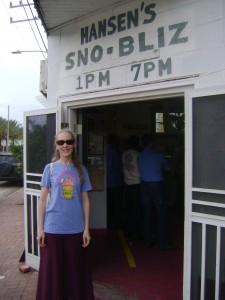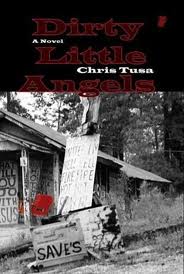A TALE OF TWO DISPLACED FAMILIES
City of Refuge
by: Tom Piazza
After reviewing Why New Orleans Matters last week, I was so impressed I picked up Tom Piazza’s post-Katrina novel, City of Refuge, as a companion piece. This proved more apropos than expected, for Piazza’s memoir of falling in love with New Orleans and then nearly losing it via Katrina so clearly forms the framework of City of Refuge that at times I could almost catch glimpses of its skeleton imbedded in the pages.
Published two years after Why New Orleans Matters, City of Refuge follows two families from opposite sides and strata of town. The two protagonists are near opposites, yet their diverging paths cross in the book’s opening and closing pages, tying them together through shared experience. SJ has always lived in the embattled Lower Ninth Ward but was saved from a life of violence and thuggery by the discipline of the Army and love of the wife who kept him straight until passing away at a young age. Craig, on the other hand, grew up in Ann Arbor but loved New Orleans culture and moved to the city with his wife over a decade prior. He now edits the local weekly magazine Gumbo. While residing deep in entitled Uptown, he has an eclectic and empathetic worldview and makes sure his young daughter and son are exposed to various view points, taking them to watch Indians emerge Mardi Gras morning and taking them to parades in the Lower Ninth (where he initially crosses paths with SJ and his sister).
The novel opens in [Read more…]









